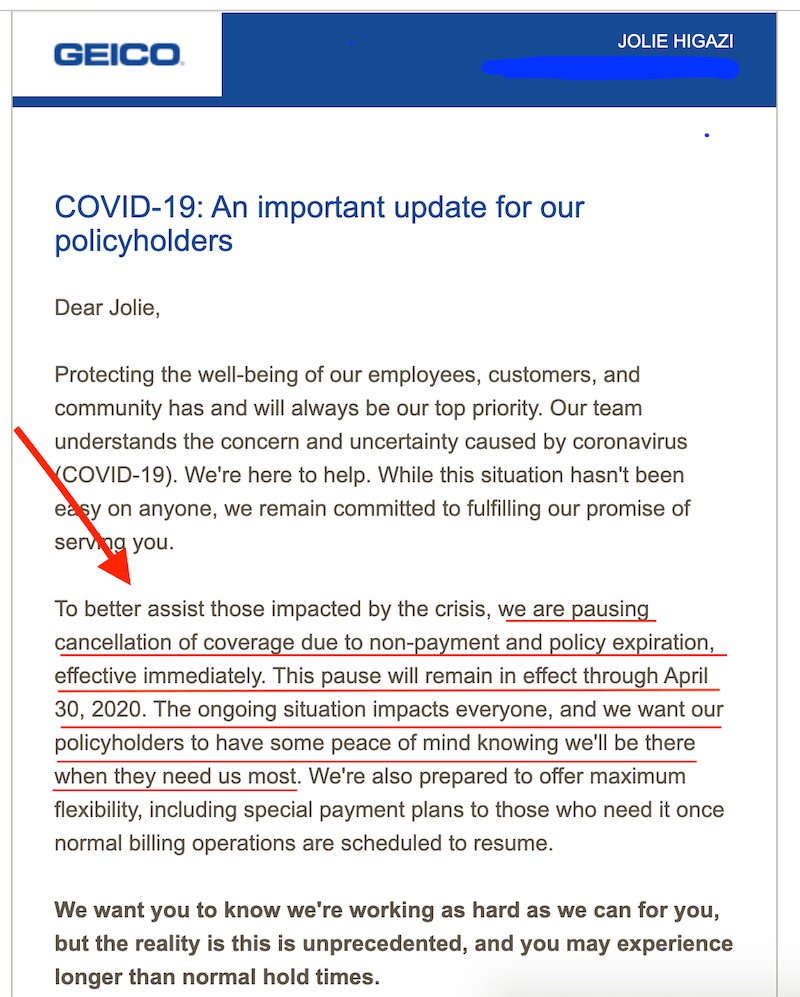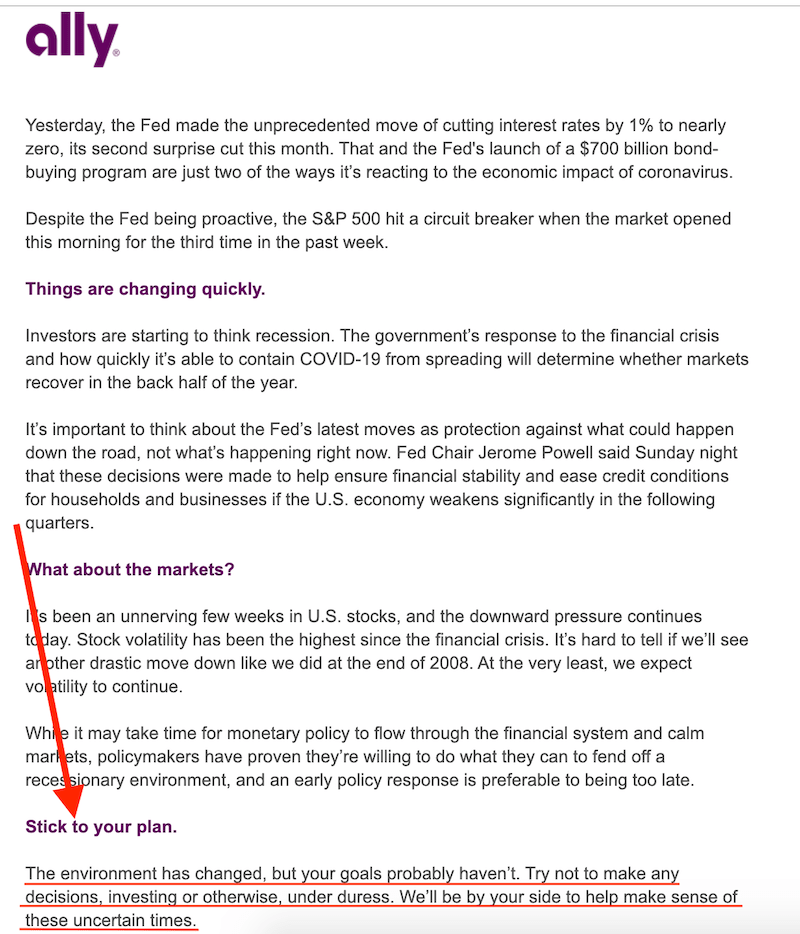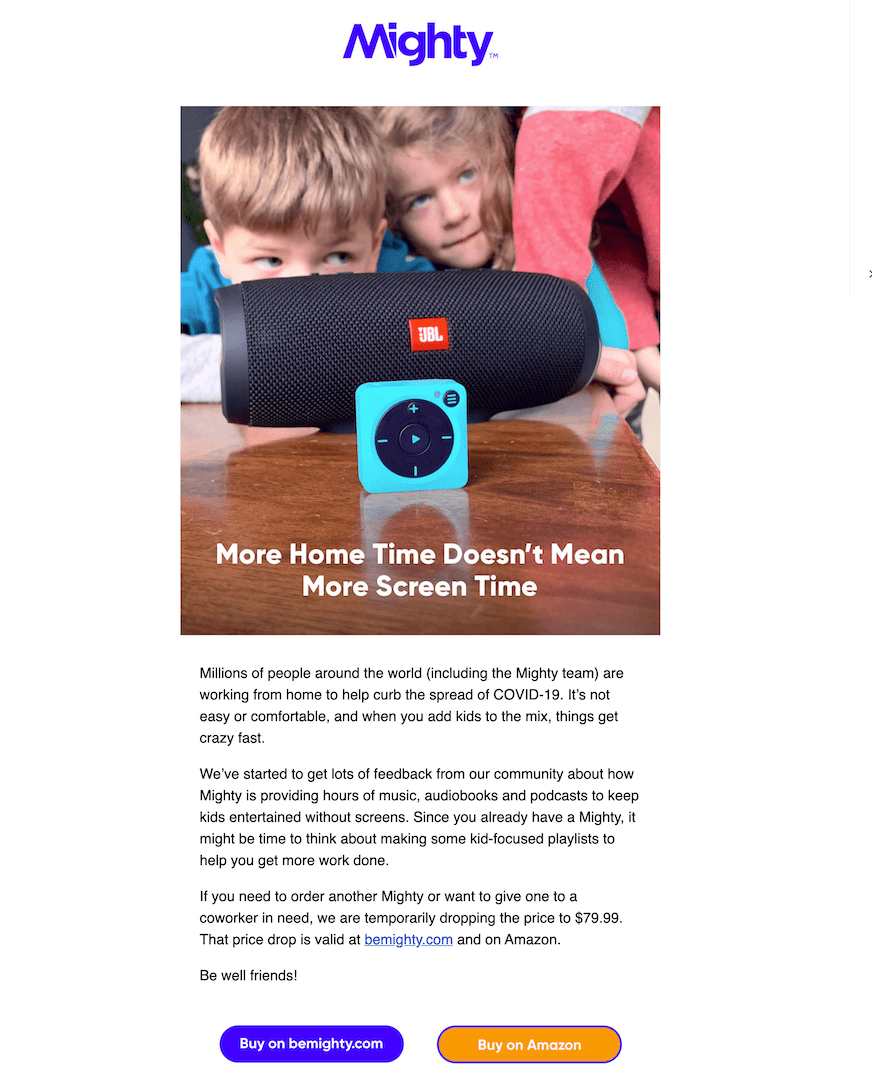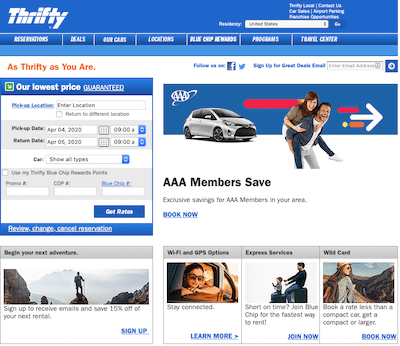Subscribe now and get the latest podcast releases delivered straight to your inbox.
Business communications in the coronavirus (COVID-19) era: dos and don’ts

By Jolie Higazi
Apr 6, 2020

I’m privileged to meet with clients every day to talk about marketing their businesses through content. But over the past few weeks, many of those meetings have been with scared, teary-eyed, overwhelmed, and frozen marketing professionals.
I get it — COVID is prompting businesses of all kinds to rethink how to keep things running in these times — and yes, IMPACT included.
There’s not exactly a guidebook for how to handle marketing in times of a global pandemic, so we’re all in this together to figure it out (that is, except for Netflix and Zoom, who seem to be doing just fine).
But take a deep breath with me.
One step at a time.
There are best practices that we already know. We just need to be reminded how they can be applied to the crisis we’re in.
More importantly, it’s essential to remember now more than ever — we are all prospects and consumers, too. We know what makes us feel good or not good when we read one of those COVID-related messages we get.
Let’s analyze some communications from companies you may recognize (and may even have seen in your own inbox!) to see what we can take away as you plan for any business communications about COVID.
The dos: what your COVID marketing communications should include
First off, it’s worth mentioning that if you haven’t already done so, there needs to be a clear communication from your company about how COVID has impacted your way of doing business.
COVID is affecting every industry in one way or another, and by staying silent and not addressing the elephant in the room, you run the risk of your prospects and customers making false assumptions about your business operations, or, worse, being seen as terribly detached from reality.
Now that we agree that communications need to be happening in the first place, let’s dissect some examples of marketing communications from brands you’ll probably recognize and see what you can take away to do – and not do – in your communications.
Show your humanness
If there’s one thing this crisis is bringing out it’s the humanity at the heart of companies.
All businesses are made of people, and now more than ever we’re able to take a look behind the curtain to see the vulnerable, helpful, sometimes unexpectedly human side of the brands we’re familiar with.
One email that caught my eye was from GEICO, my car insurance company.
They really surprised me — in a good way.
Their first email (on March 15) made a point about their mobile app, which allows customers to make any policy updates while still social distancing. But what really stuck out was how they were willing to acknowledge that people might be facing financial hardship, and that they want to help:
“We understand that there may be instances where customers find themselves facing financial difficulties. GEICO is here to help and we encourage customers who may be impacted to reach out to discuss how we might be of assistance.”
A multi-million dollar, nationally-recognized corporation is relating to the hardships people are going through and acknowledging that they might have a hard time paying their bills?
That was unexpected. But it got even better.
Days later they sent another message that impressed (and touched) me even further by stating how not only are they there for “assistance” but that they’re proactively pausing any coverage cancellation or expiration due to non-payment.

Can you imagine the humanity and courage it took to put this policy and communication out there?
The compassion of this message was enough for me to close that email and think of GEICO in a totally different light: less of a corporation, and more of an ally in this crisis.
(Is it inappropriate to want to send heart emojis to my insurance company? ❤️❤️)
Show your true colors
It’s in hard times that you, and your business, will show your true colors.
When someone’s there for you in a really tough situation, there’s a degree of loyalty and appreciation built that you can’t buy. In other words, there’s now an emotional tie between me and my insurance company: it’s not just all about the numbers.
What’s the spirit of your company? What are the values you’re going to stick with no matter the cost?
Of course, all small and medium-sized businesses may not have the financial runway to offer something like GEICO did, but the question still remains: how can you show your humanness and be genuinely helpful right now?
Offer helpful, relevant information
If there’s one thing people want and need right now, it’s constantly updated facts and information about what’s going on.
Ally, my banking and investing company, sent an educational email the day after federal interest rates were cut to nearly 0%.
They took the time to explain the Fed’s approach to cutting interest rates, but also took it one step further to empathize with what most of their readers were probably feeling, and offer some practical advice and insights based on it.

With such uncertainty and fear, Ally understood that people are probably worrying about their investments going in the red. To alleviate this fear, they gave some calming advice at the end: “Try not to make any decisions, investing or otherwise, under duress.”
I love the “investing or otherwise” part. When else would a financial firm give non-money-related advice?
This is another example of a brand not afraid to show its humanness while also offering genuinely helpful information and advice. Since they have chosen to relate and offer knowledgeable insight into what I’m going through, it develops a feeling that I can trust them.
The don’ts: what marketing communications shouldn’t do in the COVID era
These days, it’s not just what you do do that’s going to build that relationship with your prospects and customers, but it’s also about what you don’t do. Here are a few things that you’ll want to avoid doing so you’re not burning any bridges of connection with your audience.
Don’t make a sales pitch
In general, people typically don’t like the feeling of being pressured into a buying decision. We don’t like being sold to.
On a normal day this pressure is enough to totally turn most people off — and that’s when there isn’t a global pandemic threatening people’s health and livelihoods.
Can you think of how a sales pitch sounds now?
Here’s an example from Mighty, creator of screen-free music player devices. Take a look and see how it makes you feel:

They start by mentioning COVID, which is great: we know they’re up with the times and this isn’t an automated email that someone let get deployed while sleeping at the wheel.
However, the purpose of this email isn’t to inform people what Mighty is doing differently with COVID precautions, and it’s not to build a human, helpful connection.
There is one purpose to this email: to convince you to buy one of their products.
Just because they’re saying why it’s such good timing to buy a music player now doesn’t eliminate how it’s a poorly-toned sales pitch.
There’s more information about their product than about what’s going on right now — or how it might tangibly affect my potential but weaning desire to do business with them.
Yes, it relates with being home with kids, as many people are right now, but it also mentions this soon-to-expire price drop (as if we needed more anxiety).
By missing out on the opportunity to really engage and relate to the emotional place their readers are in, they come off as just looking to make a quick sale.
This fails the ‘be human and helpful’ test, and also lacks tact. Unfortunately, I’d bet this email left a sour taste in the mouths of many of their prospects.
Don’t assume your pre-planned/automated campaigns won’t need tweaking
One thing people often overlook is that these best practices also apply to content you may have created long before COVID was even on our radar.
Effectively tackling COVID-era marketing communications doesn’t apply just to new content.
Review any of your pre-planned communications for how they might be ill-timed, tone-deaf, or in poor taste given what’s going on in the world today.
For instance, KFC recently pulled its “fingerlicking good” campaign amid health suggestions for personal hygiene and frequent hand washing. Even Hershey’s had a campaign planned with people hugging, which was pulled after the health department suggested social distancing and avoiding physical contact.
If you had the perfect messaging, but situations have come up to make it potentially off-setting to your readers or prospects, then there’s a simple formula:
Right messaging + wrong time = bad idea
You should be reviewing any of your automated campaigns to make sure the tone resonates with the public sentiment right now. Have a careful eye when you review it so you can see if from the perspective of your audience and the emotional state they’re in.
Either tweak your campaign, or hold off until it’s a more appropriate time when your message won’t be lost or misconstrued in the context of current events.
Don’t stay silent
It bears repeating that staying silent about COVID is in fact making a marketing decision to not connect with your audience at a time when they may really need to hear from you.
Fellow Content Trainer Brian Casey recently had a trip planned (to Seattle, of all places) for the same week as the CDC’s suggestion was announced about avoiding unnecessary travel.
When he sought information about his car rental from Thrifty, he realized something rather odd: in the midst of getting emails and seeing homepage banners from all sorts of companies, Thrifty was staying completely, eerily silent.
There was no email sent, no homepage banner or popup: nothing.

The key point is it doesn't matter what industry you’re in – COVID is affecting you or your prospects in some way or another, and it’s your job to inform them about this proactively instead of leaving it to them to guess or reach out and ask.
Making your communications count: build trust
Marketing is all about communication: What you’re communicating, how you’re doing it, and how well it ultimately lands.
Just like when a friend is going through a really tough time and you choose to be a little more careful with your words to make sure things aren’t taken the wrong way, all marketing communications today should be crafted with the careful eye of the emotional state of their readers.
In any of your company communications while this pandemic is going on, remember to be genuine and helpful. Don’t settle for low-blow sales pitches that prey on people when they’re most vulnerable.
If you are drafting an email or other communications, read it through the lens of one of your customers.
Ask yourself, “Does this build trust, or is it just reminding our prospects that we’re here and that we sell a certain product or service?”
If it’s not building a genuine connection, tweak it.
And get generous wherever you can. More so now than ever, there’s a growing trend to offer free, valuable resources for people with the intention to put prospects’ well-being and satisfaction first, even before the need to generate revenue.
At the end of the day, doing that builds trust and is a huge step to ultimately growing your customer and fan base. And, in times like these, it’s just the right thing to do.
The reality is, I want all of my (and IMPACT’s) clients to survive through this economic recession. But it’s going to take some new action, new efforts, and a focus on building trust.
When the pain gets great enough, we’re often inspired (and desperate enough) to try something new.
Try out being human, helpful, and relatable.
After all, isn’t that what you’re looking for from businesses right now, too?


Order Your Copy of Marcus Sheridan's New Book — Endless Customers!